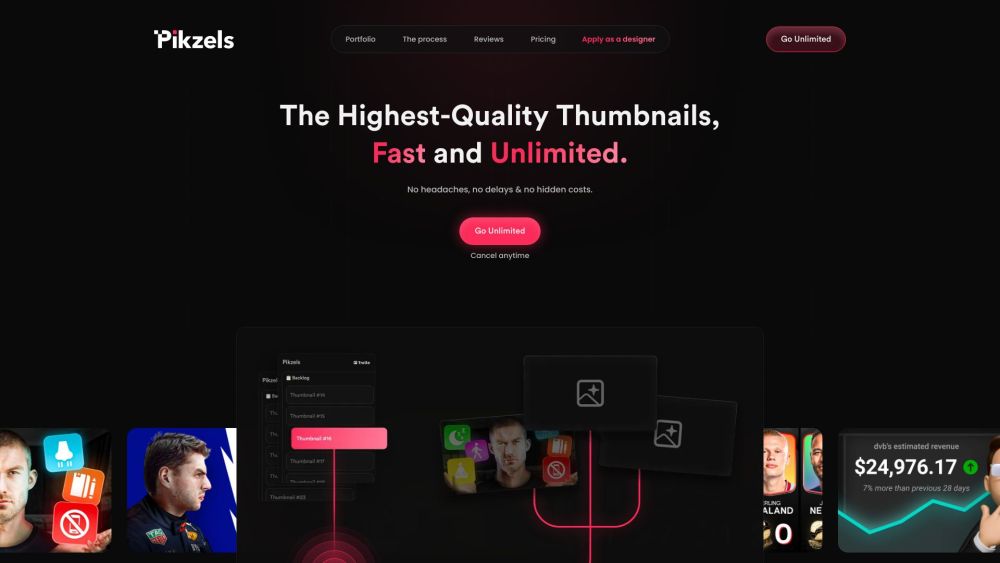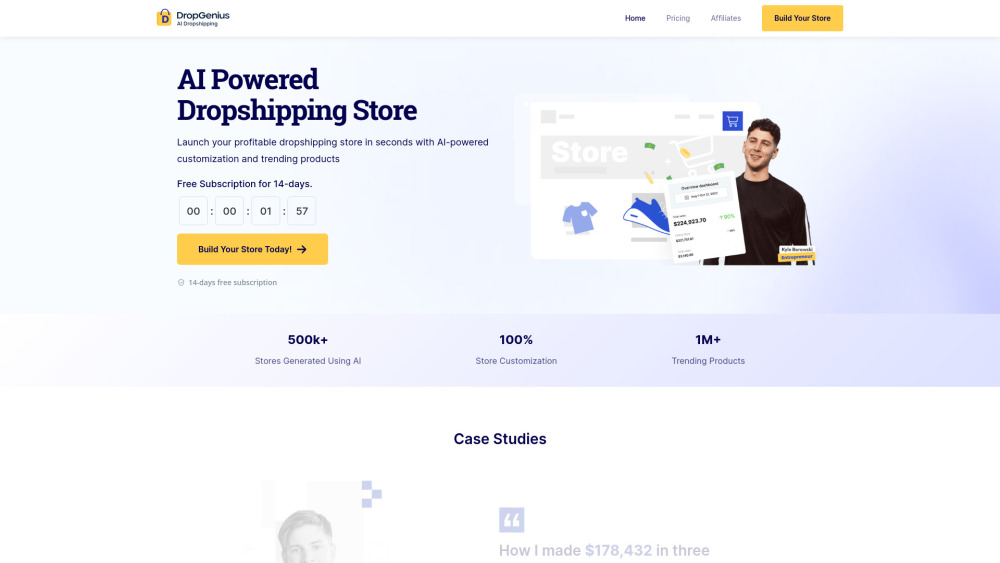For years, Silicon Valley and Wall Street have scrutinized Mark Zuckerberg’s choice to invest billions into Reality Labs. This week, Meta’s wearables division showcased its Orion smart glasses prototype, a device the company envisions could eventually replace the iPhone. That concept may sound far-fetched, but it appears slightly more plausible than it did just a week ago.
The Orion headset merges augmented reality (AR), eye and hand tracking, generative AI, and a gesture-detecting wristband. With micro LED projectors and high-end silicon carbide lenses, Meta appears to have overcome a significant AR display challenge. The vision for Orion is that users can look through the glasses while viewing application windows projected onto the lenses, making them seem embedded in the surrounding environment. This design allows for navigation using hands, eyes, and voice.
To operate effectively, Orion requires a wristband and a wireless computing puck. It’s important to note that these smart glasses are bulkier than standard eyewear, come with a hefty price tag of around $10,000, and won’t be available for several years. The underlying technology is still evolving, requiring improvements in cost, performance, and size before it can transform into a consumer-friendly product. Zuckerberg has stated that Orion has been in development for a decade, yet a timeline for market readiness remains unclear.
Nevertheless, Meta isn’t alone in the pursuit of replacing smartphones with wearable technology. This month, Snap launched its new generation of Spectacles smart glasses, which are bulkier than Orion and offer a more limited field of view. One former engineer even labeled the latest Spectacles as "obviously bad," although they are available for purchase. Meanwhile, Google hinted at plans for smart glasses during its I/O conference in May, potentially revisiting its past Google Glass initiative. Apple is reportedly developing AR glasses that closely resemble Orion, and Jony Ive’s new venture, LoveFrom, is also working with OpenAI on an AI wearable, though specifics remain undisclosed.
What’s unfolding is a competition among major tech players to create stylish, multifunctional smart glasses that can perform everything a smartphone can—and then some. Meta’s prototype clarifies one key point: there is potential here, but we aren’t there just yet.
These new devices mark a departure from Meta's established Quest virtual reality headsets and Apple’s Vision Pro. Despite utilizing similar technologies such as eye and hand tracking, the user experience remains distinct. VR headsets are often cumbersome and uncomfortable, while glasses provide a much more pleasant fit, with millions of Americans using them daily.
Zuckerberg has long championed the eyewear concept, even when it seemed out of favor. He has been vocal about his dissatisfaction with the reliance on Apple’s devices, which may have contributed to the ill-fated Facebook Phone. Now, Meta’s rivals are also exploring the eyewear computing space.
Andrew Bosworth, CTO of Meta and head of Reality Labs, showcased a clear pair of Orion smart glasses at an event that captured the attention of skeptics and generated palpable excitement.
Currently available are the Ray-Ban Meta glasses—equipped with cameras, microphones, speakers, and sensors. Unlike the more advanced Orion, these glasses offer a simpler experience at a relatively affordable price of $299, comparable to regular Ray-Bans. They bear a resemblance to Snap’s earlier Spectacles 3, but appear to be gaining more popularity.
Despite the differences in functionality and price, Orion and Ray-Ban Meta share several connections.
“Orion is really the future, and we ultimately want to pursue a full holographic experience. You can view Ray-Ban Meta as our initial step in that direction,” said Li-Chen Miller, a VP of product at Meta leading its wearables division. “We need to perfect fundamental aspects, ensuring comfort, daily wearability, and genuine user value.”
One focus of Meta is enhancing AI capabilities in the Ray-Ban Meta. The smart glasses currently utilize Meta’s Llama models to provide information based on what users see, processing images and verbal inquiries. However, the AI technology is not yet optimal; it experiences latency issues, requires specific prompts, and lacks integration with various apps, making it less convenient than reaching for an iPhone—potentially by design from Apple. Yet, anticipated updates later this year aim to rectify these shortcomings.
Meta plans to introduce live AI video processing for the Ray-Ban Meta, enabling real-time streaming of video and voice requests through Llama’s multimodal AI, generating verbal feedback instantly. Additional enhancements, such as reminders and broader app integrations, are expected to streamline the overall user experience. Miller indicated that improvements would also benefit Orion, as both devices share the same AI frameworks.
“Certain features may be better suited for one form factor than the other, but we’re certainly sharing developments,” Miller explained.
Moreover, some of Orion’s innovations could transition into the Ray-Ban line as the team strives to make the AR glasses more affordable. However, achieving both functionality and cost-effectiveness in Orion poses a challenge, as its advanced sensors and eye-tracking technology are currently expensive.
Typing presents another hurdle; while smartphones offer a physical keyboard, smart glasses do not. Miller, who spent nearly 20 years developing keyboards at Microsoft, suggests that the absence of a keyboard allows for a more intuitive interaction with smart glasses. Users can navigate Orion using voice, hand gestures, and eye movements—methods that many find more natural than traditional typing.
Interestingly, the iPhone faced similar skepticism for lacking a physical keyboard. Former Microsoft CEO Steve Ballmer famously dismissed it in 2007, arguing that it wouldn’t attract business users for that reason. Yet, users adapted, rendering his comments outdated a decade and a half later.
For now, making Orion feel instinctive remains more of a target than reality. Reports indicate that its interface sometimes fills the entire lens, obstructing users' views of their surroundings, which is less than ideal. For success, Meta must enhance its AI, typing, AR, and several other features.
“For Ray-Ban Meta, we focused on a limited scope and executed those features well,” Miller concluded. “In contrast, creating an entirely new computing platform with Orion demands us to excel across multiple functionalities.”






